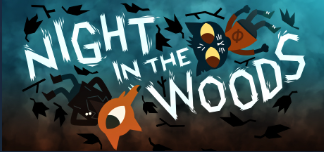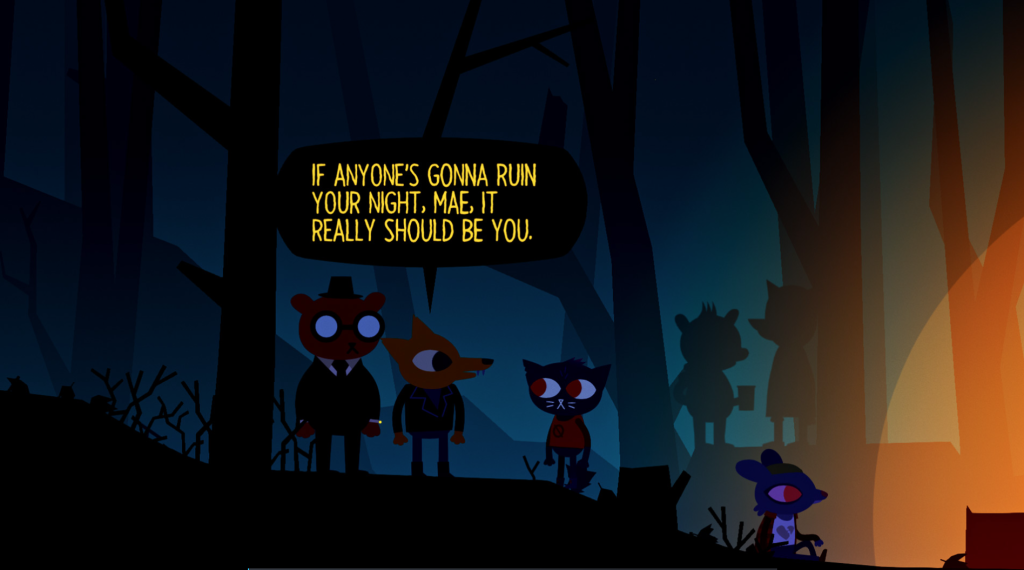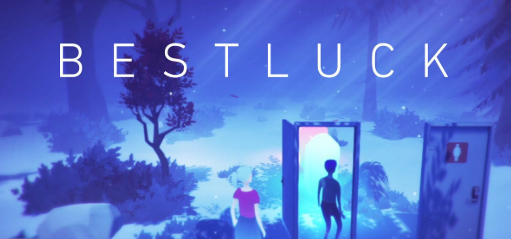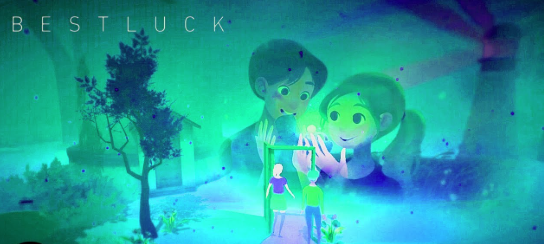The number of games that use Yarn Spinner to implement a good dialogue system has been increasing in recent years, especially in the indie game community, because it’s free, flexible, and good for building branching narratives. Here are some games that have used Yarn Spinner to build great dialogue systems:
Night in the Woods

This is a narrative adventure exploration 2D board game using Unity + Yarn Spinner, the game uses Yarn Spinner to build an extremely large branching structure, with the dialogue system at the heart of the main and subplots. The dialogue system is the core of the main and subplots, and the player’s interaction with different characters can unlock different plots, subplots and even endings. The dialogue style is very youthful and realistic, with a natural tone and clear structure, reflecting the character’s emotional changes. The extensive use of ‘short sentences + emotion words + inner monologue’ is a format that is ideal for structuring in Yarn Spinner.

BestLuck

It’s a dream narrative, puzzle solving mobile game that also uses the Unity engine and Yarn Spinner to make the game. Because it’s a dream game, there’s almost no dialogue, and the plot is advanced through the protagonist’s ‘inner monologue’ and environmental cues, with the Yarn Spinner acting as the player’s emotional organiser. Yarn nodes are made up of short pieces of text, which are used in conjunction with scenario triggers to invoke scripts. This fragmented text structure is ideal for Yarn’s system. Although there is less emphasis on branching than in Night in the Woods, BestLuck’s dialogue is used to set the mood and guide the puzzles, and the effect is more akin to a person’s inner monologue.

Yarn Spinner’s flexibility in interactive narrative design for scenarios with rich branching structures or ambient textual narratives.